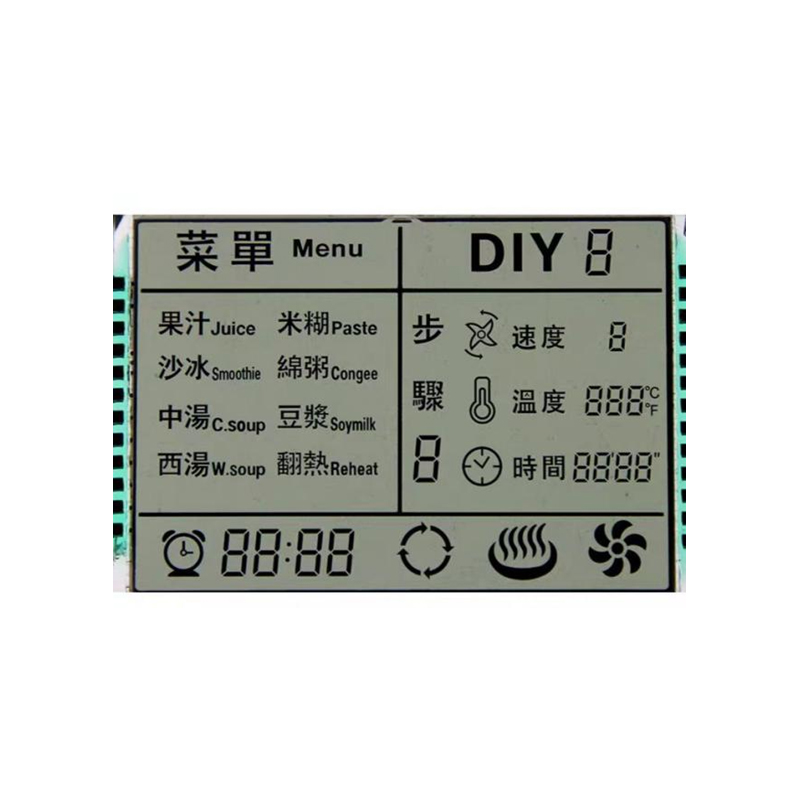# Driving a 1.3 Inch OLED Display with Arduino: A Comprehensive GuideDriving a small display like a 1.3 inch OLED display with an Arduino can open up a world of possibilities for embedded projects. This guide provides a practical, step-by-step approach, covering everything from selecting the right components to troubleshooting common issues. We'll explore different libraries, coding techniques, and potential applications, ensuring you successfully integrate this versatile display into your next creation.
Choosing Your 1.3 inch OLED display and Arduino
The first step is selecting the appropriate components. Numerous
1.3 inch OLED displays are available, varying in resolution, interface (I2C or SPI), and power requirements. For beginners, an I2C interface is generally recommended due to its simpler wiring. Similarly, various Arduino boards can handle this task, with the Uno, Nano, and Mega being popular choices. When selecting your display, consider the resolution (pixels) and whether it offers features such as built-in drivers or requires additional components. Pay close attention to the pinout diagram to ensure compatibility with your chosen Arduino board. For high-quality displays and various options, explore the vast selection offered at online retailers. Remember to check the data sheet for detailed specifications.
Understanding the I2C Interface
The I2C protocol requires only two wires for communication: SDA (Serial Data) and SCL (Serial Clock). This simplifies wiring and makes it a great option for projects with limited space. However, it’s important to note that I2C communication uses a slower clock speed compared to SPI, which could impact performance in applications requiring high refresh rates.
Wiring Your 1.3 inch OLED display
Once you have selected your display and Arduino, connecting the components is straightforward. Refer to the display's datasheet for precise pin assignments. Generally, you'll need to connect VCC (power), GND (ground), SDA, and SCL. Ensure you have the correct power supply for both the Arduino and the display. Incorrect wiring can damage your components.
Software Setup and Libraries
Before uploading code, install the necessary libraries. The Adafruit_SSD1306 library is widely used and well-documented for working with various OLED displays, including those with a
1.3 inch OLED display interface. The library simplifies the process of interacting with the display's hardware. You can typically install libraries directly through the Arduino IDE Library Manager.
Basic Code Example
This example demonstrates basic text display on your
1.3 inch OLED display using the Adafruit_SSD1306 library. Remember to adjust the pin numbers to match your wiring configuration.c++#include
#define OLED_RESET 4 // Replace with your reset pin if neededAdafruit_SSD1306 display(OLED_RESET);void setup() { display.begin(SSD1306_SWITCHCAPVCC, 0x3C); // 0x3C is the I2C address for many OLED displays display.clearDisplay(); display.setTextSize(1); display.setTextColor(WHITE);}void loop() { display.setCursor(0, 0); display.println(Hello, OLED!); display.display(); delay(2000);}Advanced Techniques and Applications
Beyond displaying simple text, the 1.3 inch OLED display with Arduino offers advanced capabilities. You can display images, graphs, and even animated graphics. By manipulating the library functions, you can create custom characters, draw shapes, and dynamically update the display content. Consider projects such as a simple data logger, a real-time clock, or a custom game interface for exciting applications.Troubleshooting Common Issues
If your 1.3 inch OLED display doesn't work as expected, here are some common troubleshooting steps: Verify wiring: Double-check all connections to ensure they are secure and correct. Power supply: Ensure sufficient and stable power is supplied to both the Arduino and the display. Library installation: Verify the Adafruit_SSD1306 library is correctly installed and updated. I2C address: Confirm the correct I2C address for your specific display. Consult the datasheet. | Issue | Possible Cause | Solution |
| Blank screen | Incorrect wiring, power issues, or incorrect I2C address. | Check wiring, power supply, and I2C address. |
| Garbled display | Incorrect library, software errors. | Verify library installation and check your code. |
For more information on high-quality displays and other related components, you might find Dalian Eastern Display Co., Ltd. a valuable resource.Remember to always consult the datasheets for your specific 1.3 inch OLED display and Arduino board for detailed information and specifications. Happy coding!













